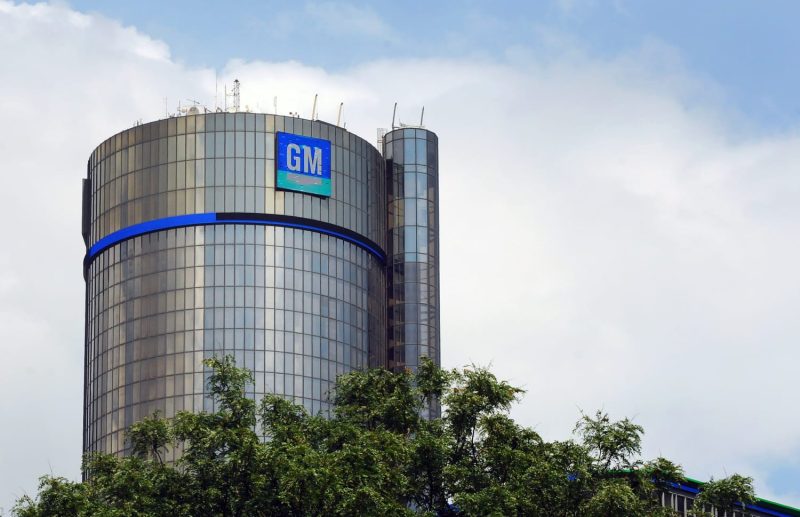In a surprising move, GM recently announced a significant reorganization that includes the layoff of 1,000 employees as part of a broader cost-cutting initiative. This decision has garnered mixed reactions, with some commending the automotive giant for taking proactive steps to ensure long-term sustainability, while others criticize the move for its impact on workers and the local economy.
The rationale behind GM’s reorganization stems from the need to adapt to rapidly changing market conditions, including the increasing shift towards electric and autonomous vehicles. By streamlining operations and cutting costs, GM aims to position itself as a leader in the fast-evolving automotive landscape. However, the layoffs have undoubtedly caused distress among affected employees and their families, raising concerns about job security and financial stability.
The reorganization also signals GM’s commitment to investing in future technologies and innovation. Shifting resources towards electric and autonomous vehicles reflects the company’s strategic focus on sustainability and environmental consciousness. By realigning its workforce and operations, GM aims to enhance efficiency and agility, enabling it to navigate market disruptions and capitalize on emerging opportunities.
While the immediate impact of the layoffs is evident in the loss of jobs and livelihoods, the long-term implications remain uncertain. GM’s ability to successfully navigate the reorganization and emerge stronger will depend on various factors, including market trends, technological advancements, and competitive pressures. As the automotive industry continues to undergo transformation, GM’s decision to restructure its operations reflects a broader trend towards adaptation and evolution.
The reorganization may also have broader implications for the automotive industry as a whole, influencing competitors and suppliers. GM’s strategic realignment could set a precedent for other companies to reassess their business models and strategic priorities in response to changing market dynamics. The ripple effects of GM’s reorganization may reshape the competitive landscape and drive further consolidation and restructuring within the industry.
Ultimately, GM’s decision to lay off 1,000 employees amid reorganization and cost-cutting reflects a complex mix of strategic considerations, operational challenges, and socioeconomic impacts. While the short-term ramifications are undoubtedly painful for those affected, the long-term benefits of a leaner, more agile GM could position the company for sustainable growth and success in the dynamic automotive marketplace. As GM navigates this period of transition, stakeholders will be closely watching to see how the company adapts to the evolving industry landscape and balances its strategic goals with its social responsibilities.
